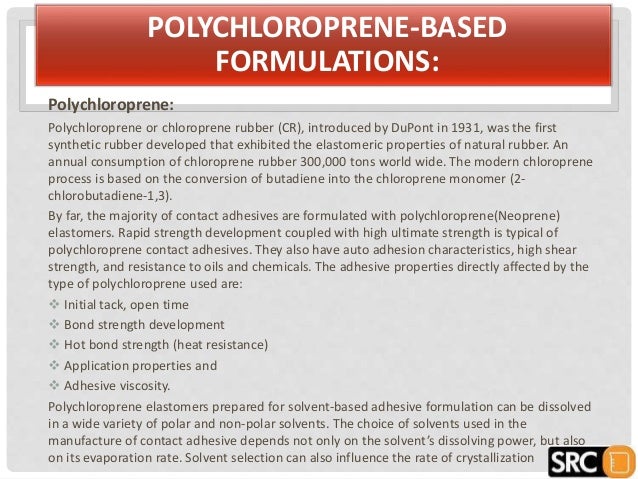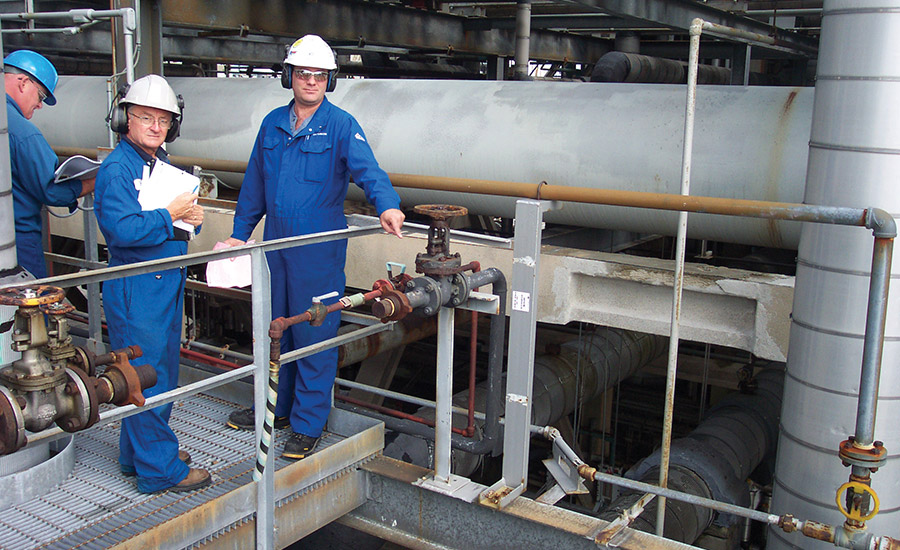Butyl rubber sometimes just called butyl is a synthetic rubber a copolymer of isobutylene with isoprene the abbreviation iir stands for isobutylene isoprene rubber.
Butyl rubber adhesive formulation.
Noncuring butyl sealants with no solvent have long life if used between building panels and in sound deadening applications.
Starting point rubber compounding formulations.
Its properties do not change over time.
Automotive buildings constructions assembly transportation excl.
Formulation as with other hot melt adhesives butyl rubber based adhesives incorporate polymers a tackification system a diluent and usually a filler.
The cohesive strength of butyl adhesives can be improved by the incorporation of high molecular weight pib.
Butyl 301 100 nr rss 1 100 100 100 bromo butyl 50 peptizer 0 1 0 1 0 1 nr rss 1 50 zinc oxide 5 0 5 0 5 0.
Adhesives formulation applicable type.
The modification also provides a degree of age resistance for long term service.
Butyl sealants are elastomer based polyisobutene plastic sealants sometimes called butyl rubber used for sealing applications due to their excellent resistance to uv moisture and ageing.
Polyisobutylene also known as pib or polyisobutene c 4 h 8 n is the homopolymer of isobutylene or 2 methyl 1 propene on which butyl rubber is based.
Epoxies ep applicable industrial sectors.
Lack of unsaturation gives butyl rubber adhesives their characteristic oxidation uv and ozone resistance.
Natural based adhesives reactive adhesives applicable base polymer.
The formulation above is for a hot melt applied pib modified butyl psa.
Since the formulation of butyl sealant means that it is already a plastic the term.
Applicable base polymer properties.
In stock and ready to ship.
Unlike other types of sealant butyl sealant sealant does not cure i e.
Butyl rubber is produced by polymerization of about 98 of.
It is commonly used for tapes and labels.
Butyl rubber sealants can be formulated as well as caulks and extruded tapes.
These have a service life of 5 15 years depending on the application.
These are starting point rubber compounding formulations for providing guide lines only and should be confirmed.
They do not harden or oxidize and are not affected by weather.
A typical butyl rubber caulking compound has the following composition shown in above.
Many formulations contain butyl rubber as the only polymer.
Butyl rubber is an elastomeric polymer that is used in a wide variety of construction sealants.
A caulk formulation is shown above.





























